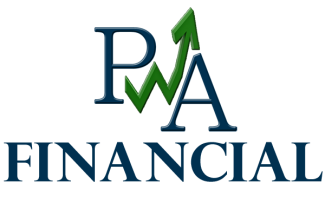
Good News/Bad News
All In a Day's Trading. Depending on when you checked your portfolio today, you might have had a very different view of the stock market. At 10:30 a.m., the Dow Jones Industrial Average was up 248 points. At 2:30 p.m., it was down 527 points. From there, the Dow rallied into the close, finishing up 84 points. Got all that?
The volatility tracks various market debates, with some analysts seeing an inflation peak and others seeing a persistence in high prices. Or, some expecting an aggressive Federal Reserve monetary policy to force the economy into a recession with others thinking the Fed can still pull off a soft landing.
Then there's corporate earnings, which could be used to defend an optimistic or pessimistic take on stocks. With more than half of the companies in the S&P 500 having reported their first-quarter results, there's good news and bad news. Of the companies posting numbers thus far, FactSet notes that 80% have reported earnings above estimates, which is slightly above the five-year average beat rate of 77%. But, taken in aggregate, the beats are smaller, with earnings coming in 3.4% above estimates, which is below the 5-year average of 8.9%.
Based on actual reports -- and the estimates of reports still to come -- the S&P 500 is currently on track to grow earnings 7.1% in the first quarter. Here too, it's a good news/bad news situation. The 7.1% is better than what analysts expected at the end of March, but it would still mark the index's slowest quarterly growth since the end of 2020.
This week, another 160 S&P 500 companies report earnings. Now the question is when earnings could start to provide some support for stocks. The S&P 500 currently trades at at 18.1 times expected earnings for the next 12 months. That could be either cheap or moderately expensive based on your view of history. Over the last five years, FactSet notes that the index has traded at 18.6 times, but over 10 years, the forward price-to-earnings multiple is a cheaper 16.9.
Wall Street analysts, not surprisingly, see plenty of value for stocks at current levels. An average of every analyst price target pegs the S&P 500's value at 5,221, per FactSet. That's 26% above the index's closing value today.
Perhaps the most notable number in today's trading, came not from stocks but from the bond market. The 10-year Treasury yield briefly crossed 3% for the first time since 2018. It ultimately closed at 2.995%, still the highest level since Nov. 30, 2018. The significance goes beyond being a nice round number. "The 10-year note now offers a positive inflation-adjusted or 'real yield' for the first time since the start of the Covid-19 pandemic," my colleague Alexandra Scaggs wrote today. (Source: Barron’s Review/Preview)

